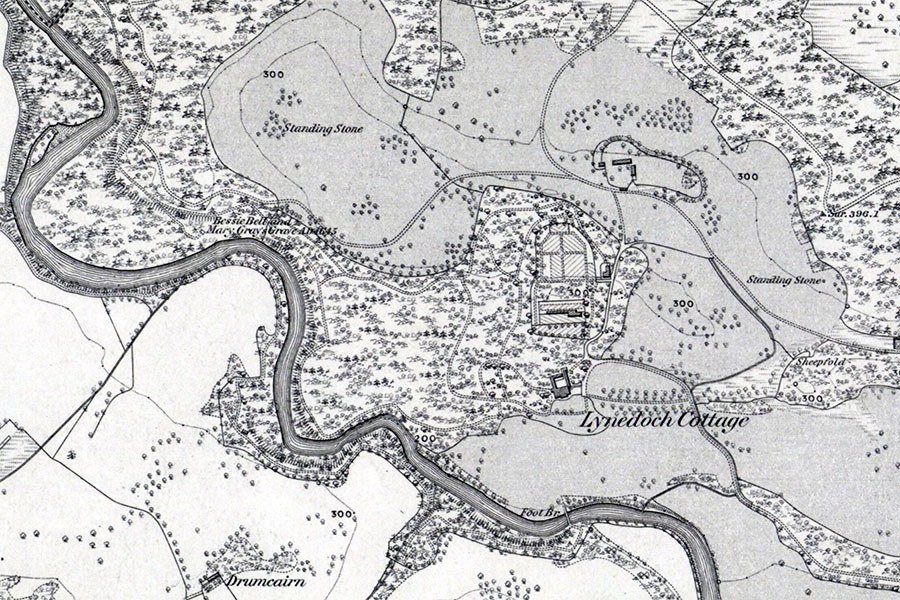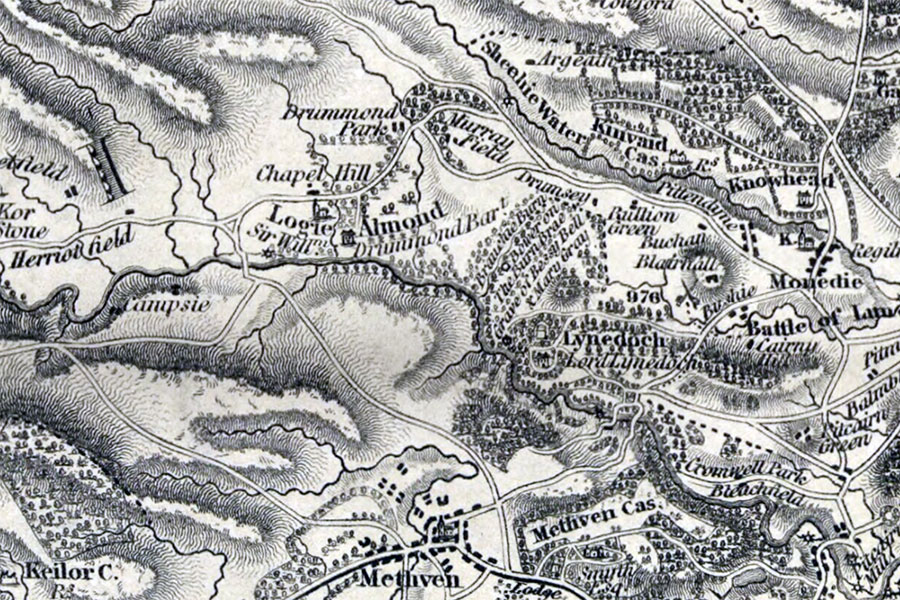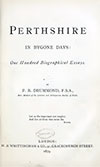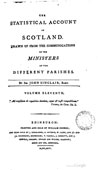

Ordnance Survey, 1867image courtesy of NLS
Lynedoch was a castle belonging to the Gray family although nothing of it now remains.
The earliest owners of Lynedoch seem to have been the Mercer family. In 1443 James II granted Andrew Mercer de Mekilloure the lands of Balleyffe, Ballachouse, Culcarny, Kynnarde, Mekilloure, Awdese, Dalketh, Tulibagill, Dunberny, Gilgirstoun and Ledenoch, erecting them into the free barony of Mekilloure.
In 1475 Laurence Mercer granted his wife, Elizabeth Wardlaw, daughter of Henry Wardlaw of Torrie, the lands Estir-awdeis, Westir-awdeis, Powmyll with its mill, Dunbery and Petrathlie, Tulebalis and Lidnoche.
Their son, Henry Mercer de Mekilloure, received from James IV in 1504 confirmation of the lands of Balleyff, Ballachous, Culcarny, Kynnarde, Mekilloure, Awdeys, Dalkeyth, Tulybagill, Dunberny, Petcaithly, Gilgirstoun and Lednoch, which were reconfirmed in 1511.
David Gray seems to have taken possession of the lands of Leidnach by July 1513, purchasing land from John and Donald Beg, and in September of that year Henry was killed at the Battle of Flodden.
Lynedoch is marked on Pont’s late 16th century map of Lower Glen Almond as a tower named Lednog and on his map of South Strathearn as a tower named Leydnarg.
In the first half of the 17th century David’s great-great-grandson, Patrick Gray, succeeded his father in the lands of Lednoch. According to tradition Patrick’s daughter, Mary Gray, and her friend, Bessie Bell, daughter of the laird of Kinvaid, were killed by the plague.
The tradition of the country relating to these ladies is, that Mary Gray’s father was laird of Lednock, and Bessie Bell’s of Kinvaid, a place in this neighbourhood: that they were both very handsome, and an intimate friendship subsisted between them: that while Miss Bell was on a visit to Miss Gray, the plague broke out, in the year 1666; in order to avoid which, they built them- selves a bower, about three quarters of a mile west from Lednock-house, in a very retired and romantic place, called Burnbraes, on the side of Beanchie-burn. Here they lived for some time; but the plague raging with great fury, they caught the infection (it is said) from a young gentleman, who was in love with them both. He used to bring them their provision. They died in this bower ; and were buried in the Dranoch-haugh, at the foot of a brae of the same name, and near to the bank of the river Almond. The burial place lies about half a mile west from the present house of Lednock.
Archaeologia Scotica, Volume 2
Edinburgh, 1822
This is believed to have happened in 1645, when nearby Perth was afflicted by the plague, rather than 1666 when there were no reports of the disease in Scotland. Their tragic fate was commemorated in the folk song “Bessie Bell and Mary Gray”, also known as “The Twa Lassies O’ Bessie Bell and Mary Gray”, the first verse of which is:
Bessie Bell and Mary Gray,
They were twa bonnies lasses,
They biggit a bower on yon burn brae,
And theekit it ower w’ rashes.
These four verses were later added to, and later still Allan Ramsay composed a new song which only retained the first four verses. Some sources state that the oldest version of the song refers to Bessie Bell as Mary Gray’s cousin. Patrick Gray married twice, both times to women named Janet Blair so the niece can’t have been from his wives’ sides of the family. I haven’t been able to ascertain if Patrick had any sisters who married Bells. Interestingly one of the daughters of John Crichton of Kinvaid and Innernytie may seemingly have been called Isabell and I wonder if that could have been corrupted to Bessie Bell or perhaps even have been a nickname.
In 1649 John Irland owned part of Lednock and Patrick Gray owned another part. Both parts were valued at “threescore thirteene punds, six shilling, eight pennies”.
Around 1784 the estate was sold to Thomas Graham of Balgowan who later fought in the Napoleonic wars and was made Baron Graham of Lynedoch in 1814. Baron Graham died in 1843 and Lynedoch House was demolished later in the 19th century.

James Knox, Edinburgh, 1831image courtesy of NLS
Alternative names for Lynedoch
Leadnock; Ledenoch; Lednach; Lednauch; Lednock; Lednog; Lednoch; Lednoch House; Leidnach; Leydnarg; Lidnoche; Lyndack; Lyndoch; Lyndock; Lynedoch Cottage; Lynedoch House


















